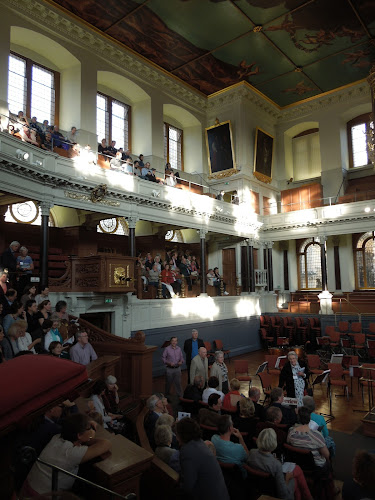Before I even began exploring the Bath of the Romans (the next post), there was so much else to see in Bath. Here are some of the highlights.
Built in 1767, the magnificent Royal Crescent is made up of 30 Georgian townhouses.

What would an English park be without a bandstand and band concert?
And a proper floral tribute to the Queen's Diamond Jubilee. Long may she reign!
Pulteney Bridge is often compared to Florence's Ponte Vecchio. Crossing the Avon, it beautifully connects the city.
The Abbey was built in 1499, but lay in ruins for many years. The current exterior dates to 1616 and the interior to 1864.
The minute you walk through the door of the abbey, your eyes are drawn up to the beautiful fan vaulting of the nave ceiling.
The stunning Gothic nave.
Many battle-worn flags hang from the rafters. If only they could tell us their stories.
You might arrive in this, or...
...one of these.
The Card Room
Who can forget Helen Mirren...
as Queen Elizabeth I.
... Henry V.
and Mrs. Wyman as ...?
Located in the oldest house in Bath (c. 1482), afternoon tea at Sally Lunn's was a real treat. Instead of finger sandwiches, world famous Sally Lunn Bath Buns are served. I loved that Roman ruins were excavated on the site and are preserved and displayed in the basement museum.
Sally Lunn was a French Huguenot refugee, who settled in England in 1680. I've recently begun exploring my Hugenot ancestry in upstate New York, so I was interested by this connection.Sally Lunn brioche-type buns are massive!
For afternoon tea, they are served with salmon.
What is afternoon tea without scones, jam, and clotted cream,
which Jennie and I elevated into its own food group!
At the end of a long day of walking all over this very hilly city, and having passed on lunch, we felt we had earned this gastronomic treat!


























































